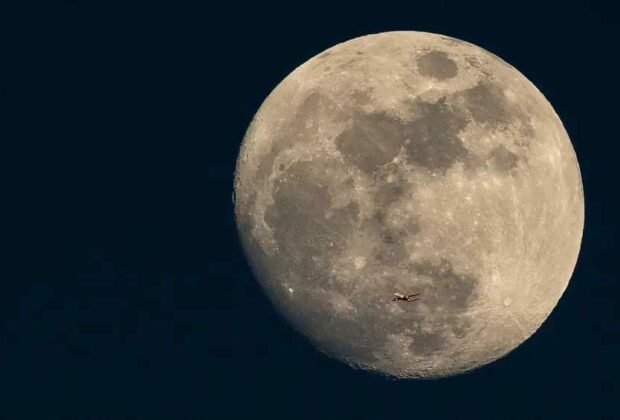India’s Vikram lunar lander was successfully targeted by a laser fired by NASA’s Lunar Reconnaissance Orbiter. But this was no new space war’s opening salvo; rather, it was a meticulously thought-out scientific experiment. After leaving orbit, the laser travelled almost 100 kilometres (62 miles) to reach the Moon’s surface, where it struck a target that was only 5 centimetres (2 inches) broad. It was the first time a laser was directed onto a target on the Moon’s surface from its orbit.
The Laser Retroreflector Array, a target as small as an Oreo, was installed on the Vikram lander of the Indian Space Research Organisation (ISRO). As the laser flew around the Moon, it rebounded off the target and was picked up by NASA once more. Earth uses light bouncing to determine a satellite’s position in its orbit. This method could be used to pinpoint the exact location of a stationary item on the Moon.
“We’ve demonstrated that we can locate our retroreflector on the surface from the Moon’s orbit,” NASA’s Goddard Space Flight Centre project leader Xiaoli Sun said in a statement. “The next step is to refine the method so that future missions wishing to use these retroreflectors can make it a routine.”
NASA and ISRO collaborated to construct the retroreflector aboard Vikram, which was created by Xiaoli Sun’s team. Any direction of light can be reflected by the device. Furthermore, it is entirely optical, meaning that neither electricity nor maintenance are needed. This implies that they may continue for decades to come locating Vikram’s exact whereabouts. It’s not really moving anywhere because Vikram is no longer operational, but future missions will move on the Moon, and it will be crucial to know where they are.
Remarkably, the goal was not the issue. Since the Apollo period, suitcase-sized retroreflectors have been utilised on the Moon. The Moon is advancing away from us by 3.8 centimetres (1.5 inches) annually, thanks to individuals who have informed us of this. NASA employed LOLA, the Lunar Orbiter’s altimeter, the only laser instrument now in service near the Moon. LOLA was not intended to reach such a small target; instead, it typically aims for an area 10 metres wide. LOLA has been operating for 13 years past its main mission.
NASA Goddard scientist Daniel Cremons, who works with Sun, stated, “We would like LOLA to point to this Oreo-sized target and hit it every time, which is hard.”
It took LOLA eight tries to strike the Vikram retroreflector, but if it does, more lasers with specialised powers might make retroreflector technology a vital component of future lunar missions. Moreover, SLIM from Japan, which landed on the Moon on Friday, is equipped with a NASA retroreflector. Let’s see if LOLA can do the same remarkable feat again.








